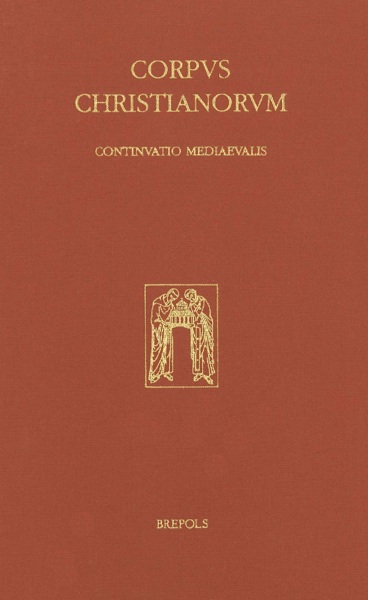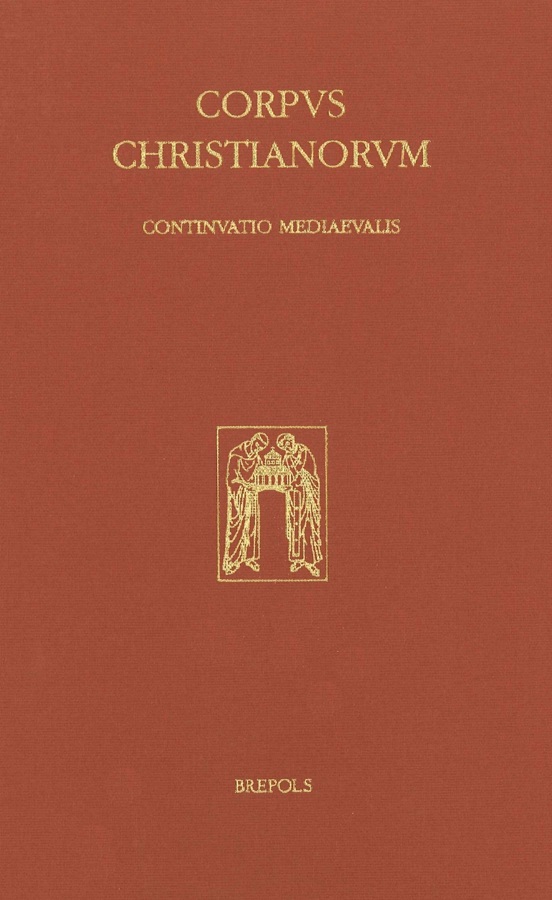
- Pages: 704 p.
- Size:155 x 245 mm
- Language(s):Latin, English
- Publication Year:2020
- € 385,00 EXCL. VAT RETAIL PRICE
- ISBN: 978-2-503-59040-0
- Hardback
- Available
Peter the Chanter's 'Distinctiones Abel,' now edited for the first time from the manuscripts, is an influential and innovative work of twelfth-century biblical scholarship.
Stephen A. Barney has been Associate Professor of English at Yale University, and is Emeritus Professor of English at the University of California, Irvine. Graduated with Highest Honors from the University of Virginia, he received his Ph.D. in English from Harvard University. Among his many publications are notable studies of Chaucer's 'Troilus and Criseyde' and Langland's 'Piers Plowman.' He has received fellowships from Yale and UC, and from the Guggenheim Foundation, APS, ACLS, and NEH.
Peter the Chanter's Distinctiones Abel displays the multiple senses of some eleven hundred biblical terms and arranges the terms in alphabetical order. Preserved in nearly ninety manuscript copies, it stands at the head of a series of similar aids for preachers and students of the Bible. Its immediate context is the practice of "distinguishing" the senses of terms in a biblical text as the backbone of a sermon, a novel practice employed by several masters of the late twelfth century, notably by Peter's colleague in Paris, Peter Comestor. The Distinctiones Abel was compiled in an age of organization and may be compared with such searchable reference works as Gratian's Decretum, the Glosa Ordinaria, the new Latin dictionaries, and Peter Lombard's Sentences. It is among the first scholarly works to use the alphabet as a technique of information retrieval. Only selections of the work have been printed before; this editio princeps will be of interest to intellectual historians and those interested in medieval biblical studies, homiletics, popular imagery, and allegory.
The Introduction itself is a major work of scholarship in a new field. It includes a brief account of Peter the Chanter's life and work, a survey of the genre 'distinctiones,' an extensive desciption of the manuscripts, many of them treated in print for the first time, along with a thorough exposition of the sophisticated methodology of textual criticism employed.





